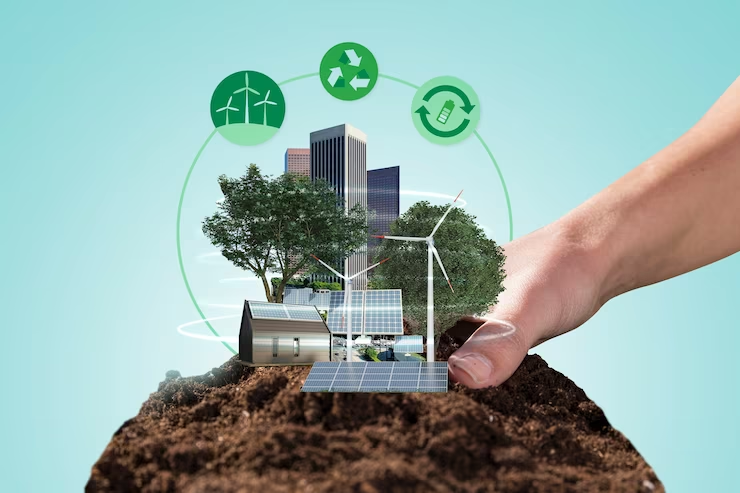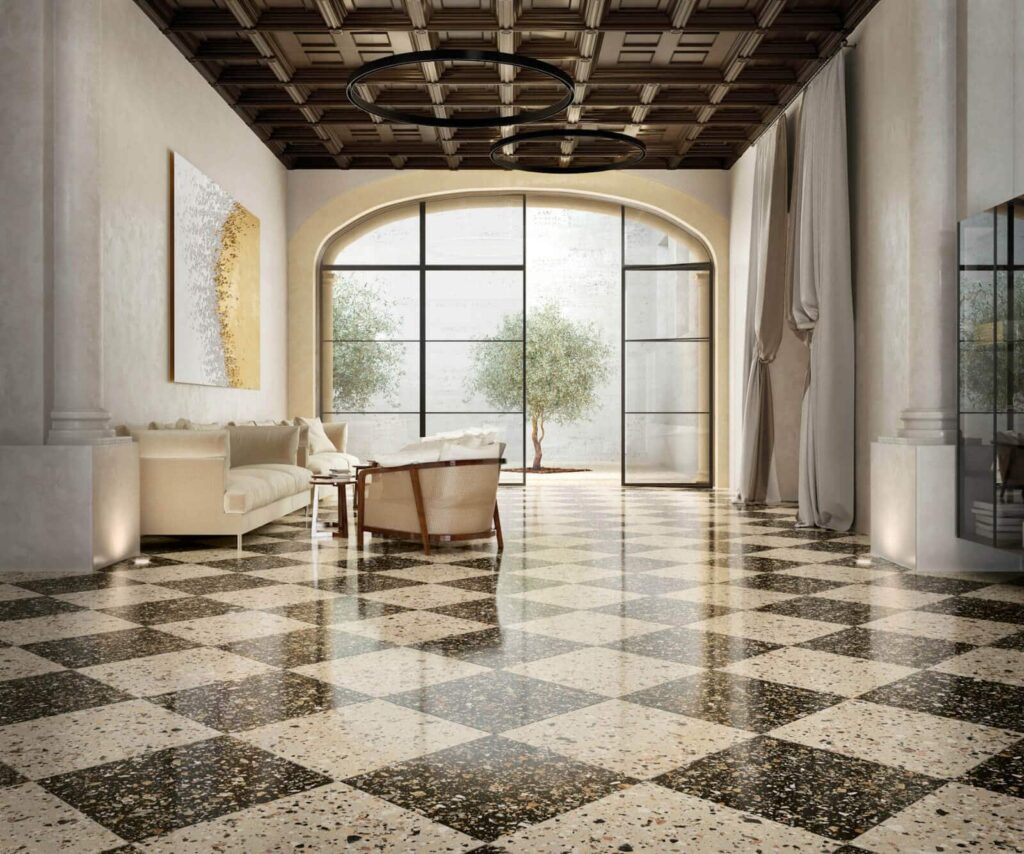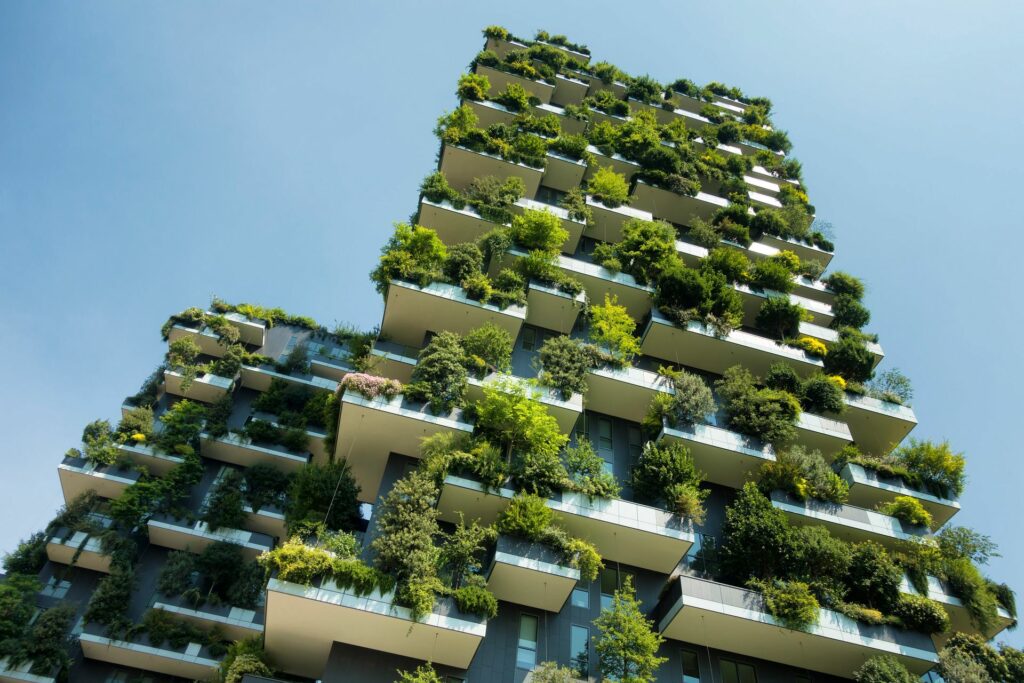India’s construction industry is growing at a rapid pace, with the country expected to become the third-largest construction market globally by 2030. But alongside this boom is a parallel shift — a growing demand for eco-friendly construction materials. For suppliers across India, this is no longer just a buzzword or CSR trend. It is a fast-growing niche market with immense potential and profitability.

Why the Green Wave?
Today’s developers, homeowners, architects, and even government projects are increasingly prioritizing sustainability. There are several reasons behind this shift:
- Environmental concerns: India is committed to achieving net-zero carbon emissions by 2070. Builders and clients are under pressure to reduce the carbon footprint of their projects.
- Incentives and regulations: Green buildings can enjoy faster approvals, tax rebates, and other benefits under IGBC (Indian Green Building Council), GRIHA (Green Rating for Integrated Habitat Assessment), and LEED certifications.
- Consumer awareness: Homebuyers and commercial clients now actively ask for “green buildings” — preferring natural, non-toxic, energy-efficient materials.
- Rising energy costs: Eco-friendly materials often lead to long-term savings on power, water, and maintenance.
What Are Eco-Friendly Construction Materials?
These are materials that are either:
- Low in embodied carbon (e.g., fly ash bricks, AAC blocks)
- Made from recycled/reclaimed content (e.g., recycled steel, wood, or plastic)
- Locally sourced and energy-efficient (e.g., bamboo, lime plaster, terracotta tiles)
- Non-toxic and sustainable (e.g., low-VOC paints, natural insulation, clay flooring)
Brands like Bharathi Cement’s GreenPro-certified products, Ramco’s SuperGrade dry mix solutions, Asian Paints’ Royale Atmos (low VOC paint), and Bamboo India are tapping into this market with great success.
Profitability and Market Potential
Contrary to popular belief, green materials are not always more expensive. In fact:
- They often require less transportation (if locally sourced)
- Come with high perceived value (allowing better margins)
- Are used in premium and high-value projects, including resorts, IT parks, government smart city initiatives, and private green homes
With the right positioning, these materials can command a premium price — especially if certified, branded, and backed by a sustainability narrative.
Final Thoughts
India’s green building market is expected to reach $35 billion by 2030. Suppliers who start offering eco-friendly products today will have a competitive edge tomorrow. This is a rare chance to do well by doing good — growing your business while also helping build a greener India. Start small. Start local. But start now.



